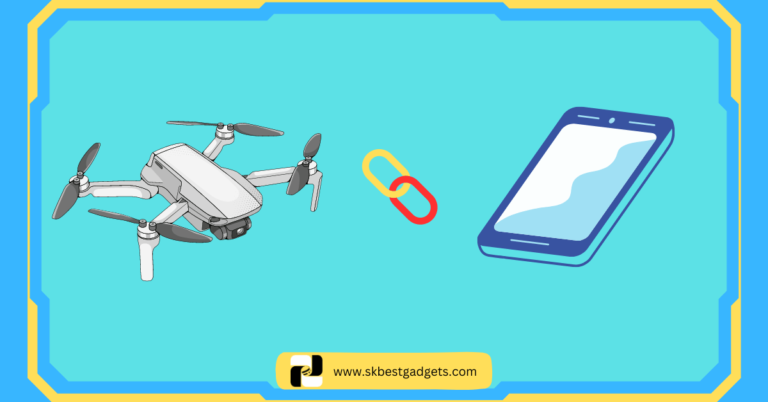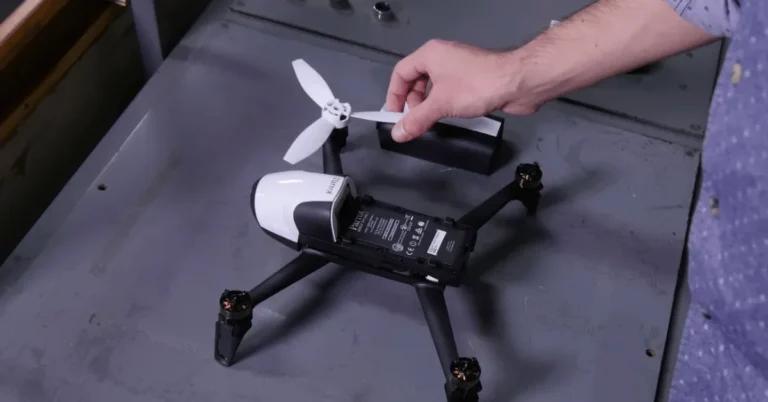How Difficult Is It to Learn Aerial Drone Photography?

Aerial drone photography, an innovative method of capturing images from the sky, has seen a remarkable surge in popularity over recent years.
This burgeoning field leverages unmanned aerial vehicles (UAVs), commonly known as drones, to take photographs and videos from vantage points previously accessible only through expensive helicopter or plane charters.
The allure of stunning, bird’s-eye views has captivated professional photographers, hobbyists, and a myriad of industries alike.
Applications of Aerial Drone Photography
The applications of aerial drone photography are vast and diverse. In real estate, aerial shots provide potential buyers with comprehensive views of properties and their surroundings, enhancing the appeal and marketing of listings.
The filmmaking industry has embraced drones to produce dynamic and sweeping cinematic shots, once limited to blockbuster budgets.
Environmental monitoring has also benefited from this technology, with drones providing critical data and imagery for tracking changes in landscapes, wildlife habitats, and the effects of natural disasters.
Basic Components and Types of Drones
Understanding the basic components and types of drones used in photography is crucial for anyone interested in this field.
Drones typically consist of a frame, motors, propellers, and a flight controller. They are equipped with high-resolution cameras, gimbals for stabilization, and advanced navigation systems.
Popular types include multi-rotor drones, which are highly maneuverable and suitable for complex shots, and fixed-wing drones, known for their longer flight times and ability to cover extensive areas.
The initial appeal of aerial drone photography lies in its ability to capture breathtaking perspectives and unique angles that ground-based photography cannot achieve.
The technology’s accessibility has democratized aerial imaging, allowing enthusiasts and professionals to explore creative possibilities and expand their visual storytelling horizons.
Level up your drone project! Explore our list of Top Companies Selling Drone Development Kits.
Technical Skills Required
Mastering aerial drone photography necessitates a blend of technical skills, beginning with the fundamentals of drone operation.
Familiarity with drone controls, including takeoff, landing, navigation, and flight dynamics, is essential.
Pilots must understand how to maneuver the drone smoothly to capture desired angles and perspectives, ensuring stability and precision in flight.
Additionally, knowledge of safety protocols and regulations is crucial to avoid accidents and legal issues.
Equally important is the mastery of camera settings. To capture high-quality aerial images, photographers need to skillfully manage exposure, shutter speed, and aperture.
Adjusting these settings according to the lighting conditions and the specific requirements of the shot can significantly impact the final output.
For instance, a faster shutter speed is vital for preventing motion blur when the drone is in motion, while the correct aperture setting ensures optimal depth of field.
Moreover, a solid understanding of post-processing software is indispensable for refining and enhancing aerial photographs.
Tools such as Adobe Lightroom and Photoshop allow photographers to correct color, adjust contrast, and remove any imperfections, thereby transforming raw drone footage into stunning visual pieces.
Familiarity with these software applications can elevate the quality of the images and deliver professional-grade results.
The technical skills required for aerial drone photography are multifaceted, encompassing drone navigation, camera settings, and post-processing techniques.
Each aspect plays a critical role in producing high-quality aerial imagery, making it imperative for aspiring drone photographers to develop proficiency in these areas.
Continuous practice and learning are key to achieving excellence in this dynamic and visually captivating field.
Ready to elevate your aerial footage? Check out our guide on How to Take Better Videos with Drones!
Legal and Safety Considerations
When embarking on the journey of aerial drone photography, understanding the legal and safety considerations is paramount.
One of the first steps involves obtaining the necessary certifications or licenses. Many countries require drone operators to be certified, which often entails passing a knowledge test that covers topics such as airspace regulations, weather patterns, and emergency procedures.
For instance, in the United States, the Federal Aviation Administration (FAA) mandates that commercial drone pilots obtain a Part 107 certification.
Adhering to airspace regulations is another critical aspect. Drones must be flown within designated airspace to avoid conflicts with manned aircraft.
This often means staying below 400 feet and steering clear of no-fly zones, which include areas around airports, military bases, and certain urban locations.
Tools such as airspace maps and mobile apps can assist in identifying these restricted areas, ensuring that flights are conducted legally and safely.
Local laws can vary significantly, so it is essential to be well-versed in the regulations specific to your area.
Some jurisdictions may have additional restrictions, such as limits on flying over public gatherings or private property.
Ignorance of these laws can result in hefty fines or legal repercussions, thus emphasizing the need for thorough research and compliance.
Safety protocols are equally crucial to avoid accidents and potential hazards. Pre-flight checks should be routine, including inspecting the drone for any mechanical issues and ensuring that the weather conditions are suitable for flying.
Additionally, maintaining a visual line of sight with the drone at all times can prevent collisions with obstacles such as trees, buildings, or other aircraft.
Ethical considerations also come into play, particularly regarding privacy. It is important to respect individuals’ privacy when capturing aerial images or videos.
Flying over private properties without permission can lead to privacy violations and potential legal actions.
Therefore, always seek necessary permissions and inform people when you intend to film in areas where privacy might be a concern.
Overall, responsible flying is a cornerstone of aerial drone photography. By adhering to legal requirements, observing safety protocols, and respecting ethical considerations, drone operators can ensure a safe and compliant flying experience.
In the market for a top-notch FPV drone racer? Learn Which is The Best FPV Drone Racer in our comprehensive guide!
Tips for Beginners
Embarking on the journey of aerial drone photography can be both exciting and daunting for beginners. To ease into this captivating field, selecting the right equipment is crucial.
Beginner-friendly drones such as the DJI Mini 2 or the Holy Stone HS720E offer a balance of affordability, ease of use, and quality features.
These drones often come with essential accessories like spare batteries and propeller guards, ensuring a smoother learning experience.
Developing proficient flying skills is a foundational step in mastering aerial drone photography. Start with basic practice exercises such as hovering in place, making smooth turns, and flying in a straight line.
Gradually progress to more complex maneuvers like figure-eights and circle flights. Regular practice in open, obstacle-free areas will help build confidence and control.
For further learning, numerous resources are available to enhance your knowledge and skills. Online courses offered by platforms such as Udemy and Coursera provide structured learning paths.
Tutorials on YouTube and blogs dedicated to drone photography can offer practical insights and tips.
Additionally, joining community forums such as the DJI Forum or Reddit’s r/drones can be invaluable for gaining advice from experienced photographers and troubleshooting common issues.
Beginners often encounter challenges such as understanding camera settings, dealing with windy conditions, and ensuring compliance with local regulations.
To overcome these hurdles, invest time in learning about different camera modes, ISO settings, and shutter speeds.
Practicing in various weather conditions will help you adapt your flying techniques. Most importantly, familiarize yourself with the legal requirements for drone flying in your region to avoid any compliance issues.
Curious about the current state of drone delivery? Check out our take on How Successful Has Drone Delivery Been So Far?
Conclusion
By starting with the right equipment, consistently practicing, and leveraging available learning resources, beginners can steadily improve their aerial drone photography skills.
Overcoming initial challenges will pave the way for capturing stunning aerial imagery and fully enjoying this dynamic and rewarding hobby.







